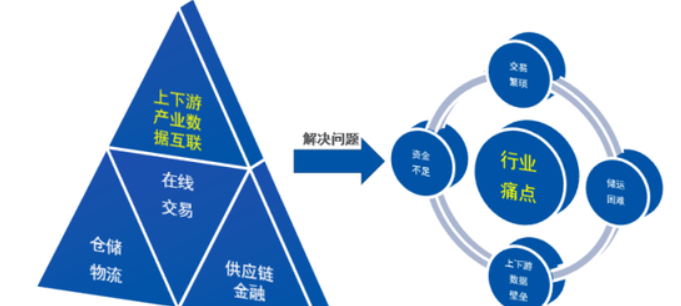theoretically: When confronted with a predicament, I found a solution that might be quite insightful. Let me tell you about a journey that started with a problem and led to a better understanding of CATIA, a powerful design software. We stumbled upon a major challenge when a user was illegally using the software, potentially putting our organization at risk. This troublesome situation left us with a critical insight: the need for a more robust and effective approach to license management within CATIA.
The Problem Emerges: The Reality of Unauthorized-use

It all started with a routine check of our software licenses. While reviewing the figures, I noticed an unauthorized user of CATIA—a piece of our valuable intellectual property being exploited without any permission. This scenario raised a red flag in our cybersecurity framework, not only impacting our budget but also posing risks to sensitive projects and confidential information. The threat of legal actions loomed, and immediate attention was required to manage the situation responsibly and avoid further harm.
The Quest for Improvement: Enhancing License Management with Smart Policy
The realization of this issue fueled a quest for not just reacting but for proactively enhancing our CATIA license management. The goal was to ensure that every single instance was accounted for and that our software was being used legally and in compliance with established policies.
Solution in Motion: Deploying Automatic License Management Systems

In front of us lay two paths: continuing with conventional management methods, which were inefficient and possibly ineffective, or embracing a more automated system. After careful consideration, we chose the latter. A fully automated license management system was deployed, which monitored the usage of CATIA in real-time, accurately tracking logins, usage duration, and triggers for license usage patterns. This system notified us of any irregularities promptly, allowing timely intervention to enforce compliance.
Know Your Vitals: Implementation of Usage-Based Billing
The automated system served as the backbone for our improved strategy. We complemented it with a user-friendly billing structure that tied license usage directly to cost. This approach not only increased transparency in our operations but also provided a powerful incentive for our users to adhere to compliance standards, as the financial implication of non-compliance became increasingly evident.
Training and Education: Empowering Users with Awareness
Realizing that guidance is as essential as technological tools, we embarked on a comprehensive training and educational initiative. Through workshops and mandatory sessions, we highlighted the importance of legal software usage, introduced compliance policies, and emphasized the potential legal ramifications of non-compliance. This proactive approach aimed to foster a culture of responsibility and respect for resources within our organization.
Measuring Success: Assessing the Impact and Gaining Insights
The journey was not just about implementing new solutions; it was equally about measuring their impact. We closely monitored our software usage and budget implications, tracking user behavior over time. The data collected allowed us to adjust our policies, further refining our compliance measures. Metrics such as reduction in unauthorized usage, increased budget spending efficiency, and a higher rate of policy adherence became our indicators of success.
Beyond Compliance: A Continuous Evolution in Software Management
From 'being controlled' to 'controlling'—our transformation in managing CATIA licenses culminated in a robust, scalable, and easily adaptable framework of justice and responsibility. The lessons learned are now a part of our ongoing journey in navigating the complexities of software authorizations. The key is not just to follow regulations but to ensure that our practices are aligned with ethical usage and foster a productive, compliant environment.
This tale is not just about skirtsproblems but underscores the power of innovation, proactive management, and the importance of fostering a culture of compliance within our organizations. We took a brave step towards our own governance, demonstrating that with the right strategies and mindset, the从‘被控告’到合规 journey is not merely achievable but a path worth embarking on for anyone managing software licenses effectively.

